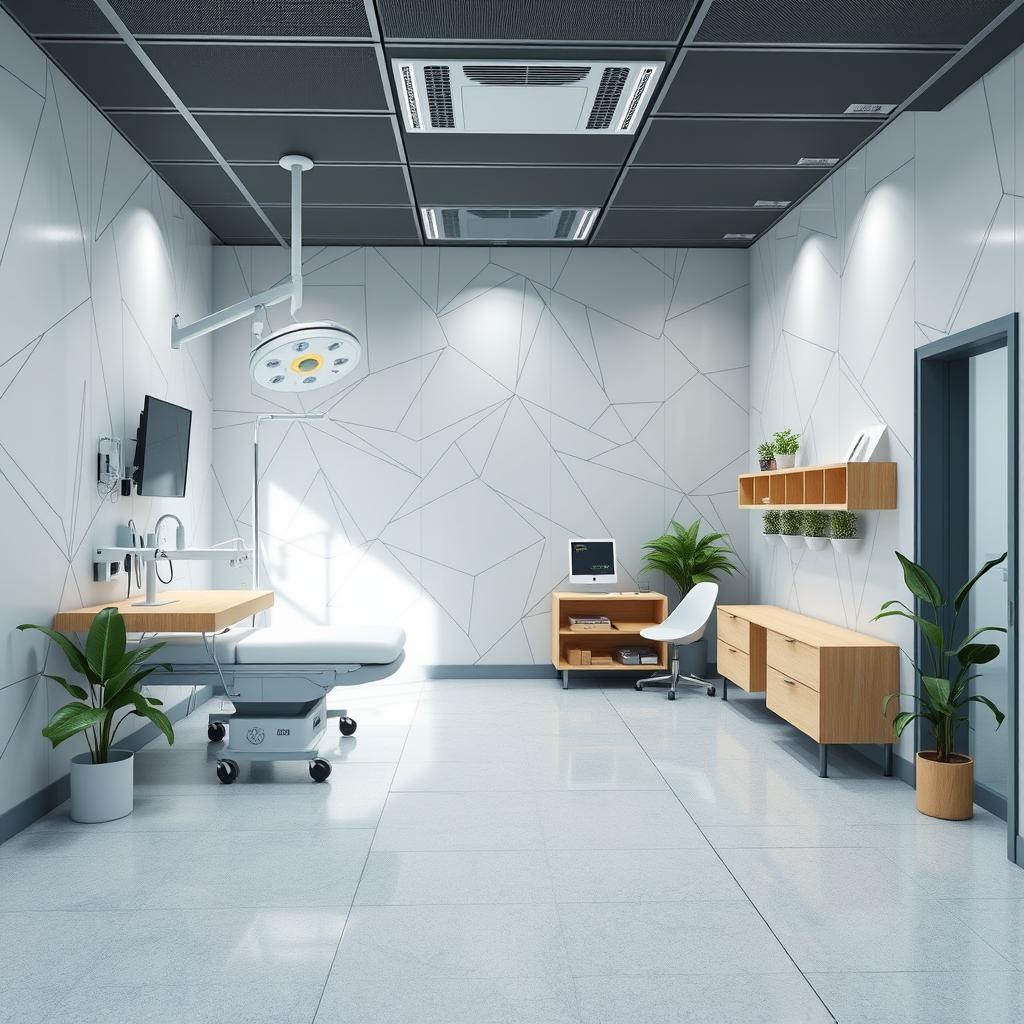
The Science and Art of Medical Interior Design: What Do We Know?
In recent years, medical interior design has become an essential consideration in healthcare settings, going beyond aesthetics to encompass functionality, patient well-being, and staff efficiency. But what exactly is medical interior design, and why is it so critical in shaping healthcare environments?
What is Medical Interior Design?
Medical interior design refers to the thoughtful and strategic planning of healthcare spaces such as hospitals, clinics, and wellness centers. It blends architecture, psychology, and design principles to create environments that improve patient outcomes, enhance the quality of care, and optimize operational efficiency. It’s a discipline that recognizes how the built environment can influence healing, staff productivity, and overall patient experience.
Why Does Medical Interior Design Matter?
The design of healthcare spaces affects more than just appearance. Poorly designed medical facilities can contribute to stress, discomfort, and even medical errors, while well-designed environments can foster healing, reduce stress, and boost morale. A few key elements demonstrate why medical interior design is so critical:
-
Patient-Centered Healing Environments
Research has shown that patients recover faster and experience less anxiety in environments designed with comfort and calmness in mind. Natural light, soothing color palettes, and access to nature are some elements that improve mental and physical recovery. -
Infection Control and Cleanability
Medical facilities must adhere to strict hygiene standards. Surfaces and materials chosen for these spaces are crucial for minimizing the risk of infection. Non-porous materials, antimicrobial surfaces, and strategic layouts help limit the spread of pathogens. -
Efficient Workspaces for Healthcare Staff
In addition to patient needs, the staff working within these spaces require designs that support their daily functions. Efficient layouts, accessible storage, and ergonomic workspaces all contribute to smoother workflows, reducing fatigue and potential burnout. -
Sustainability and Green Design
Modern medical interior design often incorporates sustainability practices, focusing on energy-efficient lighting, ventilation systems, and eco-friendly materials. These designs are not only environmentally responsible but also cost-effective in the long term. -
Technological Integration
Today’s medical environments are high-tech, requiring spaces that accommodate advanced equipment and digital infrastructure. Design considerations include proper wiring, room for monitors, and seamless integration with telemedicine technologies.
Key Trends in Medical Interior Design
Several emerging trends are reshaping the future of medical interior design:
- Biophilic Design: Incorporating nature into indoor spaces, using plants, water features, and organic materials to create soothing, natural environments.
- Flexibility and Adaptability: Modular spaces that can be easily reconfigured to adapt to the evolving needs of healthcare services.
- Patient Empowerment: Incorporating features that give patients more control over their environment, such as adjustable lighting, privacy options, and personal temperature settings.
- Telemedicine-Friendly Spaces: With the rise of telemedicine, spaces need to facilitate virtual consultations and diagnostic equipment, making remote healthcare more accessible.
Conclusion
Medical interior design is not just about creating beautiful spaces. It’s about crafting environments that support healing, reduce stress, and improve efficiency in healthcare settings. By integrating evidence-based design, infection control, staff efficiency, and patient comfort, this field continues to evolve, ultimately playing a significant role in advancing the future of healthcare. As we continue to learn more about the impact of our surroundings on health, medical interior design will remain a cornerstone of modern healthcare infrastructure.